For those keeping score at home, the Ethereum network is poised to achieve something it’s been promising for years. Dubbed ‘the Merge’, the network’s slow transition from a proof of work (PoW) to a proof of stake (PoS) consensus mechanism has sparked a lot of traffic about the merits of staking. To help clear up some of the confusion, we put this post together to help recap how staking works, what sets liquid staking apart, and what to watch out for as network participants.
Crypto fundamentals: what is staking?
Put succinctly, crypto staking is holding coins or tokens in a cryptocurrency wallet to maintain a blockchain network’s operations. In turn, users who hold coins earn a percentage of rewards for their role in securing the network. But before we get into the particulars of how liquid staking differs, let’s run through a quick refresher to make sure we’re clear on the fundamentals.
When Satoshi Nakamoto introduced Bitcoin to the world, its innovative application of blockchain technology revolutionized how value was tallied and traded. But in hindsight, the network’s PoW consensus mechanism made scalability cumbersome. On the Bitcoin network, when enough transactions accrue to form a block, miners race to solve complex math problems with the hope of being the one to “mint” the block, and in turn, earn Bitcoin. However, networks that rely on PoW consensus mechanisms force users into an arm’s race of computing power. In an environment where the fastest rigs have the highest chance to earn rewards, users are incentivized to expend more and more energy as they compete to mine blocks.
&

In an effort to circumvent these barriers and make crypto networks more sustainable, PoS was introduced to alleviate energy usage, while addressing two major hurdles to building a scalable network: security and decentralization. Because a PoW network requires expensive rigs to mint blocks and facilitate transactions, mining power tends to centralize around exchanges, mining pools, and wealthy or powerful nodes. But PoS replaces these mining nodes with entities called ‘validators’ who serve essentially the same function. For PoS, validators choose to lock up a required amount of the network’s native coin or token for a chance to confirm new transactions and earn rewards. Validator nodes are randomly selected to affirm transactions which makes the process more egalitarian than requiring advanced mining rigs.
However, most networks require users to stake a minimum amount of its native currency in order to become a validator. For example, Ethereum requires users to deposit 32 ETH to activate the validator software, which amounts to over $30,000 at the current exchange rate. While this is an extreme example, it helps to illustrate how financial barriers to entry can manifest in otherwise inclusive protocols. Luckily, it’s here where liquid staking and exchanges like CEX.IO have helped level the playing field.
Liquid staking: no lock-up mobility
One of the major drawbacks to a PoS network is the opportunity cost inherent to staking assets. Traditionally, staked coins or tokens are locked-up and rendered illiquid to ensure network stability. This means that if the price fluctuates, or another digital asset presents itself elsewhere in the ecosystem, staked crypto cannot be moved to capitalize in either instance. Similar to FOMO, opportunity cost can work to discourage would-be validators if the market rattles their faith in the network. However, liquid staking manages to reduce opportunity costs by liberating assets through the use of proxies and derivatives to stand in for staked value.
Staked assets are essentially held in escrow allowing users to trade freely with proxies of their original coins or tokens. This returns power to the individual users, while increasing the network’s overall liquidity by permitting assets to move more freely through the ecosystem. Users can sell, trade, or stake the tokenized versions of their staked assets, which greatly reduces opportunity cost or the risk of FOMO. By avoiding agonizing lock-up times and costly penalties for freeing assets, users are incentivized to stake by both the potential for rewards and the less stringent boundaries. Overcoming staking reluctance is perhaps the greatest achievement enjoyed by PoS networks that allow liquid staking, mostly due to the shared benefits it creates.

Networks that offer liquid staking generally see greater decentralization and increased security. Since liquid staking incentivizes users to begin staking at the point of purchase, or by default, networks see greater participation across large and small value holders. While this doesn’t work to lower transaction times, every amount of staked crypto helps improve network security while increasing decentralization. Oftentimes, stakeable assets will also come with governance privileges, which help encourage more active participation around the health of a network from a broader swath of the community. Where staking initially lowered the bar to participate in a network’s functioning, liquid staking basically dissolved it. However, this isn’t to say liquid staking is not without its potential drawbacks.
The deep end of liquid staking
Much like any financial endeavor, it’s paramount to always conduct extensive research before making purchases or entering into unfamiliar instruments or agreements. However, when so much of the crypto ecosystem is being built in real-time, it can be difficult to determine which new opportunities have the potential to turn hazardous. This double-edged sword of risk and reward is most on display in some new innovations cropping up around liquid staking: yield farming and crypto-backed loans.
Yield farming
By freeing up assets for increased movement across the crypto ecosystem, liquid staking has opened doors to many new developments in experimental valuation. Yield farming is one such practice that involves staking the proxies of staked assets on other protocols to earn rewards across multiple networks. This essentially allows traders to earn simultaneous yields on what amounts to copies of the same assets. While it’s human nature to want more of a good thing, yield farming can open traders up to pitfalls should the markets shift dramatically when assets are spread akimbo.
Imagine you have multiple tokenizations of the same asset spread across several different protocols. As long as these networks remain stable, the rewards can prove favorable. But when the markets inevitably shift, this can create a domino effect and collapse the house of proxies. Since each proxy is a stand-in for a staked asset, any proxy can be used to redeem an original of that coin or token. Should an entire community respond to a downward shift and attempt to liquidate their assets, this can result in what’s called a run. In turn, this frenetic activity on an exchange can destabilize the price, causing the events to snowball across the ecosystem. When we’ve seen examples of exchanges and assets that have faced total liquidation in 24-hour periods, animal instinct can override the measured calm that long-term investing requires. But sometimes, that nagging urge to run is right.
If an exchange dips into an unstable loan-to-collateralization ratio, it can default on its holdings, and put the existence of countless assets into jeopardy. When traders choose to tangle their assets up in a nesting doll of derivatives to practice aggressive yield farming, it can be difficult to extricate funds during a time of crisis without risking a loss of investment cash or crypto. This ultimately makes yield farming a cautionary tale: only take on as much risk as you can safely absorb. Otherwise, you could get stuck holding the bag.
Crypto-backed loans
Compared to yield farming, crypto-backed loans are a much more straightforward concept to grasp. However, the pitfalls can be strikingly similar. A warning to those who’ve played Monopoly at all recently and fell into the trap of mortgaging to buy new properties: this may cause flashbacks.
When opportunities suddenly arise within the crypto ecosystem, it can feel advantageous to move assets around to unlock liquidity. In these high-pressure situations, it can be tempting to sell crypto to obtain quick cash to complete the transaction. Crypto-backed loans offer an alternative tactic for traders looking to retain their crypto without sacrificing the accessible funds. In this scenario, a trader could receive a crypto-backed loan using a liquid staking protocol. Here traders receive a tokenized version of their assets in the form of proxies, that can then be converted into the fiat currency of their choosing. While this can be a useful approach for those in a tight squeeze, the risks should be apparent.
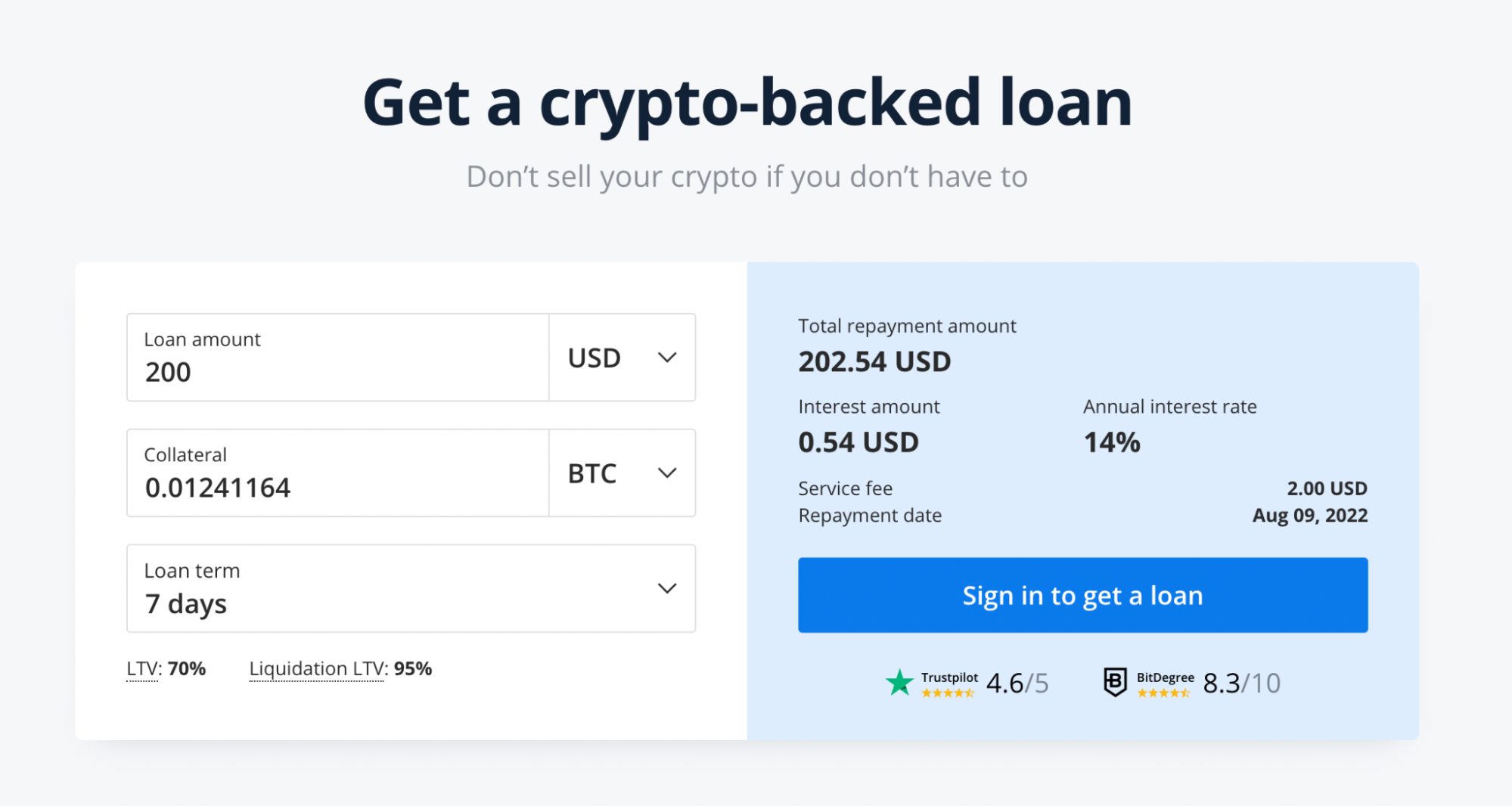
If the exchange that facilitated the loan experiences an unstable loan-to-collateralization ratio, traders risk losing their staked crypto if it’s not withdrawn in time. While this is perhaps the most topical risk to discuss, there’s a far older and more sinister one lurking beneath the surface. Having the ability to take out loans on your digital assets can open up recursive loops of borrowing. While crypto is obviously different from gambling, it takes little stretch of the imagination to see connections between taking out an ill-advised crypto-backed loan and pawning one’s watch to keep playing the numbers. In both instances, assets risk being lost to reckless actions. That’s why it’s crucial to undergo a personal risk assessment, and consider a carefully laid investment plan to avoid calamity, and keep your portfolio intact. Additionally, while crypto can be an exhilarating thrill ride for users of all ilks, it’s important to remember that, unlike Monopoly, crypto trading is not a game.
How to stay liquid while mitigating risk
It’s worth reiterating here that there is no way to alleviate all risk in the crypto ecosystem. However, there are several steps you can take to mitigate certain vectors of risk, and still enjoy new opportunities as they come along. For one, remaining clear-eyed about every financial situation is a great way to establish willpower and instincts. Making impulsive decisions, taking out questionable loans, or overextending investments can all have adverse effects on holdings. In turn, there’s no substitution for calculating and budgeting for risk to ensure crypto trading never impinges on baseline happiness and essentials. Maintaining sound decision making skills informed by the firm parameters of a personal risk assessment can help avoid precarious situations before they occur.
Additionally, choosing a globally recognized and licensed exchange is a great way to establish a reliable foundation to begin or continue your crypto journey. With so much of the space electing to exist on the fringes of global regulations, taking the time to research which exchanges prioritize safety within the ecosystem can prove illuminating. Since its founding, CEX.IO has encouraged crypto enthusiasts to embrace regulations and licensing for the greater good of all network participants. In turn, maintaining close relationships with global regulators has enabled CEX.IO to partner across DeFi and traditional financial spaces. From offering a suite of trusted funding options to purchase crypto, to building out a robust assortment of interconnected products and services to aid users every step of the way, CEX.IO has a proven track record of advocating for user empowerment. By utilizing CEX.IO’s hassle-free, no lock-up staking, users can explore the freedom and benefits of liquid staking with confidence and peace of mind.
At the end of the day, liquid staking resembles any other financial instrument: when used flippantly or without proper planning, even traditional market techniques can run afoul. But by setting aside time to choose the right exchange, and determine the most advantageous opportunities, liquid staking can help unlock new paths toward rewards, security, and inclusivity within the crypto ecosystem. By harnessing the potential and eschewing inflated temptations, we can hope to land on the proper embrace of any new technology.
Disclaimer: Information provided by CEX.IO is not intended to be, nor should it be construed as financial, tax, or legal advice. The risk of loss in trading or holding digital assets can be substantial. You should carefully consider whether interacting with, holding, or trading digital assets is suitable for you in light of the risk involved and your financial condition. You should take into consideration your level of experience and seek independent advice if necessary regarding your specific circumstances. CEX.IO is not engaged in the offer, sale, or trading of securities. Please refer to the Terms of Use for more details.

You can get bonuses upto $100 FREE BONUS when you:
💰 Install these recommended apps:
💲 SocialGood - 100% Crypto Back on Everyday Shopping
💲 xPortal - The DeFi For The Next Billion
💲 CryptoTab Browser - Lightweight, fast, and ready to mine!
💰 Register on these recommended exchanges:
🟡 Binance🟡 Bitfinex🟡 Bitmart🟡 Bittrex🟡 Bitget
🟡 CoinEx🟡 Crypto.com🟡 Gate.io🟡 Huobi🟡 Kucoin.

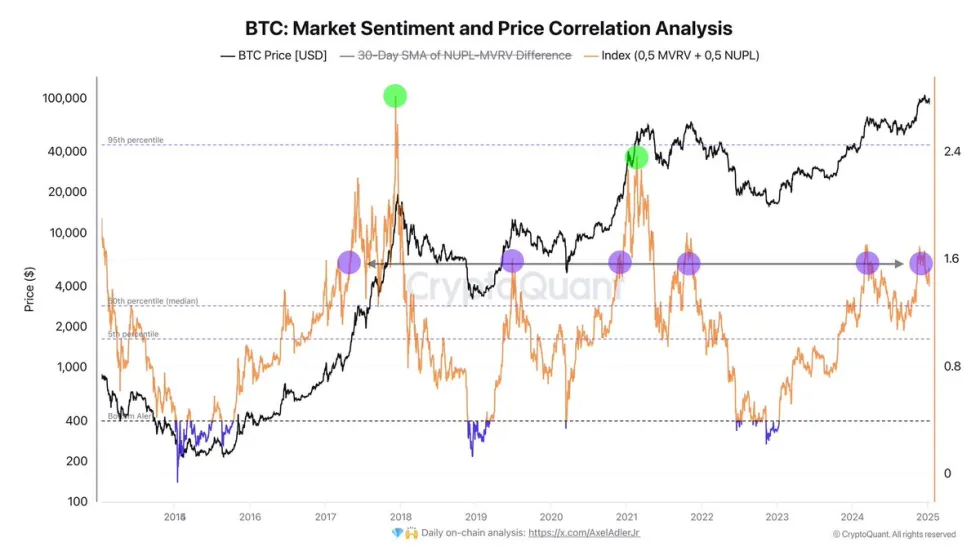




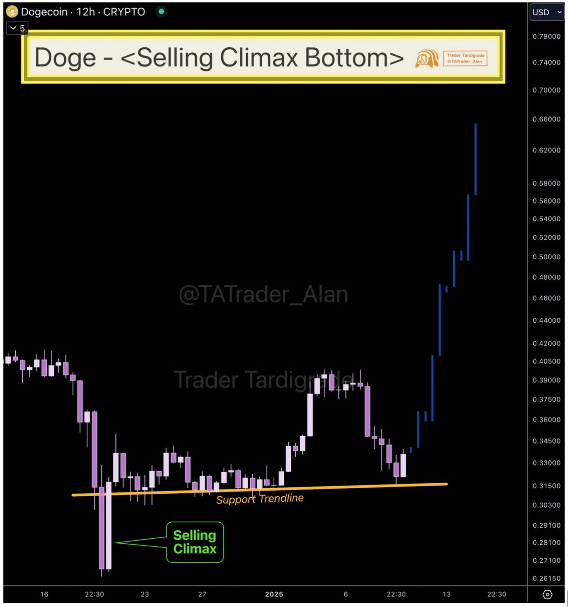



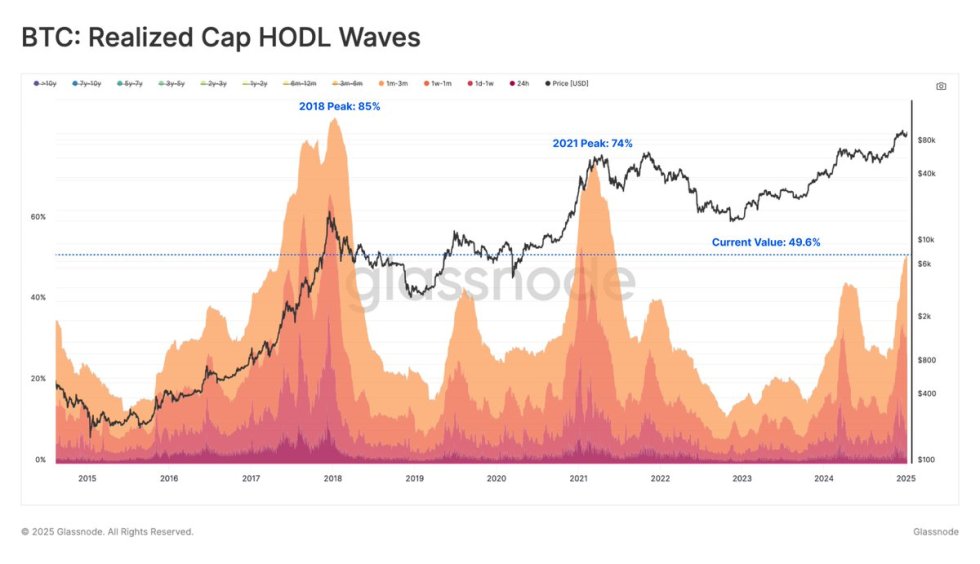




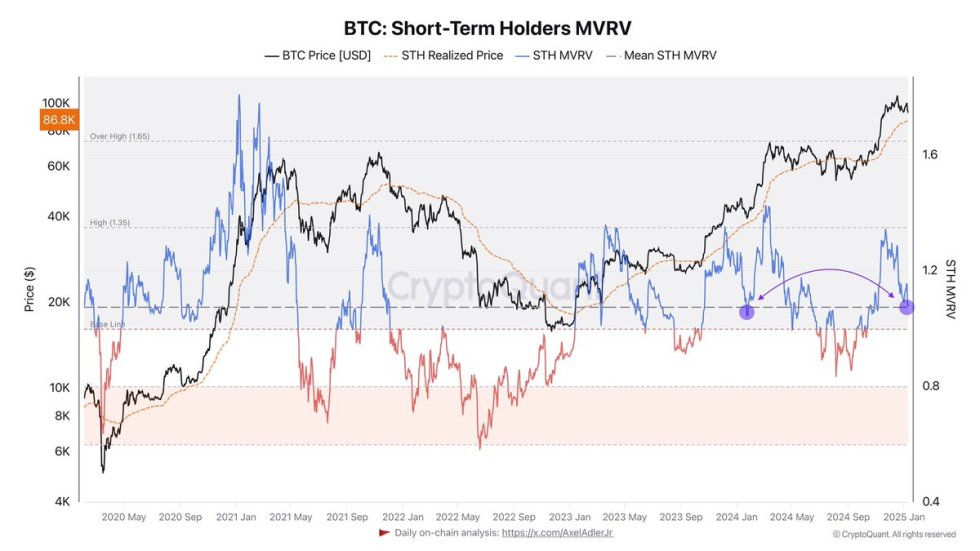

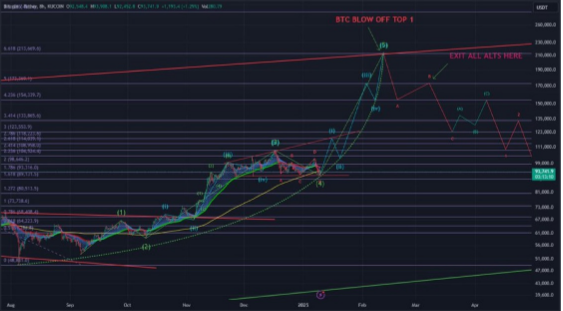


Comments